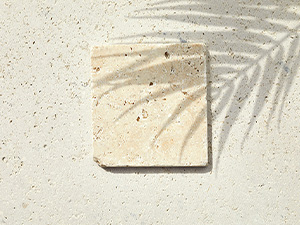
Let’s Talk About the Holes in Travertine
Let’s explore travertine’s natural holes, what causes them, and how they can be filled for a smoother finish if that is the look that suits your needs better.

Let’s explore travertine’s natural holes, what causes them, and how they can be filled for a smoother finish if that is the look that suits your needs better.
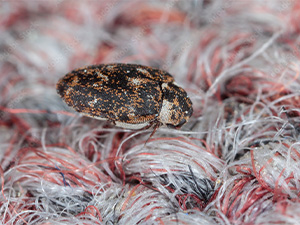
The larvae, which is the most destructive stage of the carpet beetle life cycle, hatch from eggs and begin to feed on organic materials within the home.
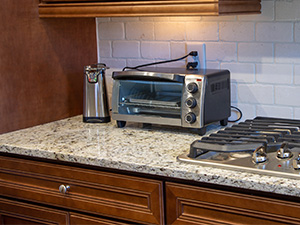
Have you experienced your granite under appliances retaining its original color compared to the surrounding areas that have darkened over time? Here’s why…

While you are looking at your stone, do you ever wonder where it comes from? Not just the country, but the steps necessary to go from earth to your home?
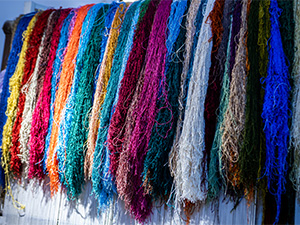
While they boast a luxurious and silky feel, understanding the pros and cons of viscose rugs is important before deciding to include them in your home decor.
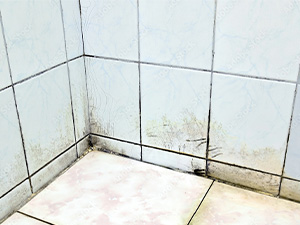
Battling stubborn shower mold? Check out these strategies for banishing mold from your stone and tile showers. Say hello to a cleaner, healthier bathroom!
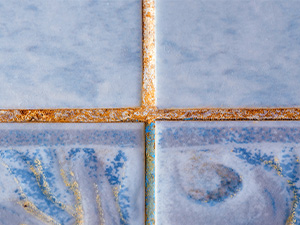
Discolored and damaged grout in your shower makes it look awful. Good news! You don’t have to live with it. Here is what causes the problems and what to do.
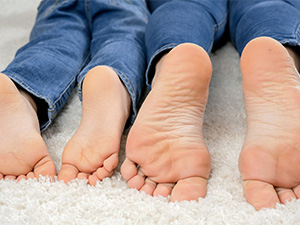
The good news is, there is a fix for stiff carpet: A thorough deep cleaning by a professional is the best answer to a stiff carpet problem.
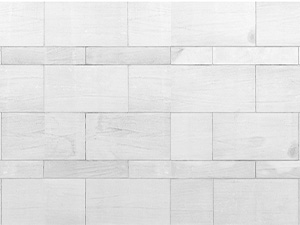
The darkening of marble can be attributed to many factors, including staining, environmental pollutants, natural aging, and inappropriate cleaning methods.
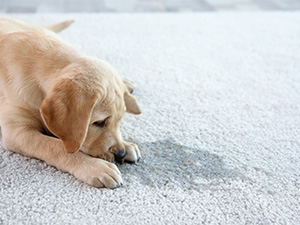
Unfortunately, our pets can’t talk to us and tell us what they need. So, sometimes, accidents occur.

Let’s explore travertine’s natural holes, what causes them, and how they can be filled for a smoother finish if that

The larvae, which is the most destructive stage of the carpet beetle life cycle, hatch from eggs and begin to

Have you experienced your granite under appliances retaining its original color compared to the surrounding areas that have darkened over

While you are looking at your stone, do you ever wonder where it comes from? Not just the country, but

While they boast a luxurious and silky feel, understanding the pros and cons of viscose rugs is important before deciding

Battling stubborn shower mold? Check out these strategies for banishing mold from your stone and tile showers. Say hello to